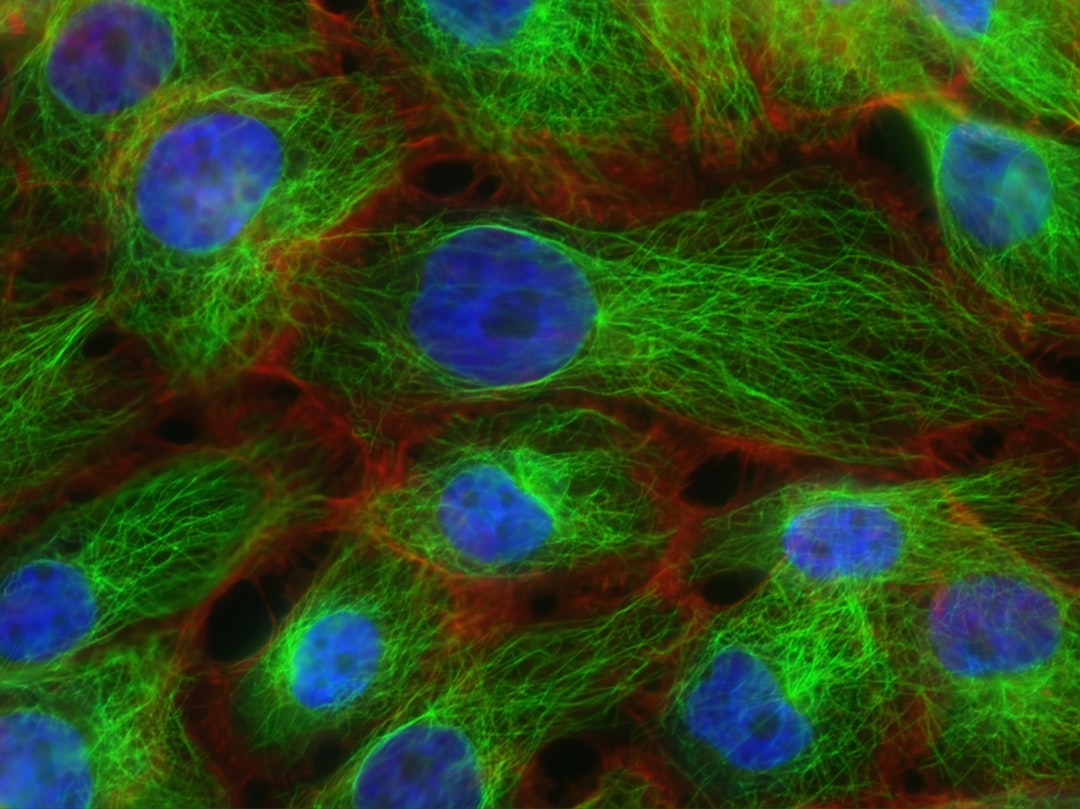What is it about?
In recent years, a program utilizing mitochondrial replacement technology (MRT) for assisted reproduction treatment has been proposed. It refers to a process of transferring the genetic material in a mother's oocyte or embryo to an enucleated donor oocyte or embryo, which could improve the quality of egg cytoplasm or replace egg mitochondria without altering the karyogene to finally enhance egg fertilization rate and embryo development quality or reduce the risk of pathogenic mitochondria being transmitted to offspring. At present, concerns regarding the safety of MRT mainly include two aspects: micromanipulation may lead to DNA breakages or chromosomal abnormalities in the nuclear genome, resulting in a risk of miscarriage or genetic birth defects; and the residual pathogenic mtDNA drifting beyond thresholds may bring a risk of developing disease in offspring. There have been two reported clinical applications of MRT in recent years (Zhang J., et al. Reprod Biomed Online. 2017; Costa-Borges N., et al. Fertil Steril. 2023), resulting in the birth of seven babies through spindle-chromosomal complex transfer (SCCT), and yet technically it still exist bottlenecks of low chromosome euploid rate and high maternal mitochondrial carryover. Therefore, here we proposed a novel strategy to perform SCCT with maximal residue removal (MRR) in metaphase II oocytes. And ultimately, we successfully achieved a normal rate of chromosomal euploid and a significant reduction of mtDNA residual by multiple or even an order of magnitude, addressing the most critical challenge of SCCT safety.
Featured Image

Photo by THAVIS 3D on Unsplash
Why is it important?
This study found that the manipulation order of ICSI-then-transfer could effectively avoid premature activation of reconstructed oocyte, which usually occurred during spindle transfer, thus enhanced chromosomal stability. And for the first time, we utilized a micro-manipulation tube with a smaller inner diameter to absorb SCCs, and cytoplasm around the spindle was carefully removed as much as possible through our original "swinging away" method, greatly reducing the residual rate of maternal mtDNA. Then, the karyoplast containing almost no cytoplasm was immediately fused with an enucleated egg using our original "tube pressing" method (Li WZ, et al. MedComm. 2023). We performed experiments involving mouse oocytes, embryos, embryonic stem cells, and offspring from embryo transplantation, as well as experiments using donated human oocytes during the pre-implantation stage. Results indicated that this new strategy was not only much safer and more stable than traditional techniques, but more crucially, it achieved a reduction by multiple or even an order of magnitude in residual maternal mtDNA, thus hopefully preventing the risk of inherited mtDNA diseases. In addition, this study used a more precise digital PCR technique to evaluate the residual rate of carried mitochondria by detecting mtDNA copy numbers in karyoplasts, whole oocytes, and whole embryos. This approach avoided issues of low sensitivity and sampling bias present in conventional detection measures, making the data more reliable.
Perspectives
This novel MRR-SCCT strategy greatly enhanced the safety of clinical application in spindle transfer, bringing hope for patients with difficult infertility or carriers of inherited mtDNA diseases to have healthy offspring. However, MRT has not yet been clinically applied in China, and its promotion still requires further legal and ethical deliberation and improvement.
Qifeng Lyu
Shanghai Ninth People’s Hospital, Shanghai JiaoTong University School of Medicine
Read the Original
This page is a summary of: Significant decrease of maternal mitochondria carryover using optimized spindle-chromosomal complex transfer, PLoS Biology, October 2023, PLOS,
DOI: 10.1371/journal.pbio.3002313.
You can read the full text:
Contributors
The following have contributed to this page










